Does cinnamon come from a tree? Yes, absolutely! Cinnamon is made from the inner bark of trees in the Cinnamomum family. It's not synthetic—it's a natural spice derived from specific tropical trees. In this guide, we'll cover everything you need to know about cinnamon sources, types, harvesting, and safe usage based on FDA guidelines.
Table of Contents
- What Is Cinnamon? (And Yes, It Comes From a Tree)
- The Trees That Produce Cinnamon
- Ceylon vs Cassia: Key Differences
- How Cinnamon Is Harvested
- Cinnamon Through History
- Practical Cinnamon Tips for Your Kitchen
- Buying Guide: Choosing the Best Cinnamon
- Frequently Asked Questions
- Conclusion: Enjoy Safe, Flavorful Cinnamon
What Is Cinnamon? (And Yes, It Comes From a Tree)
Let's start with the basics. Cinnamon is a spice made from the inner bark of trees in the Cinnamomum family. It's known for its distinctive flavor, warm color, and aromatic scent. Used for centuries in both cooking and medicine, cinnamon isn't synthetic—it's 100% natural (when pure), and yes—it comes from a tree. According to the U.S. Food and Drug Administration (FDA), cinnamon is derived exclusively from tree bark, with no synthetic processes involved.
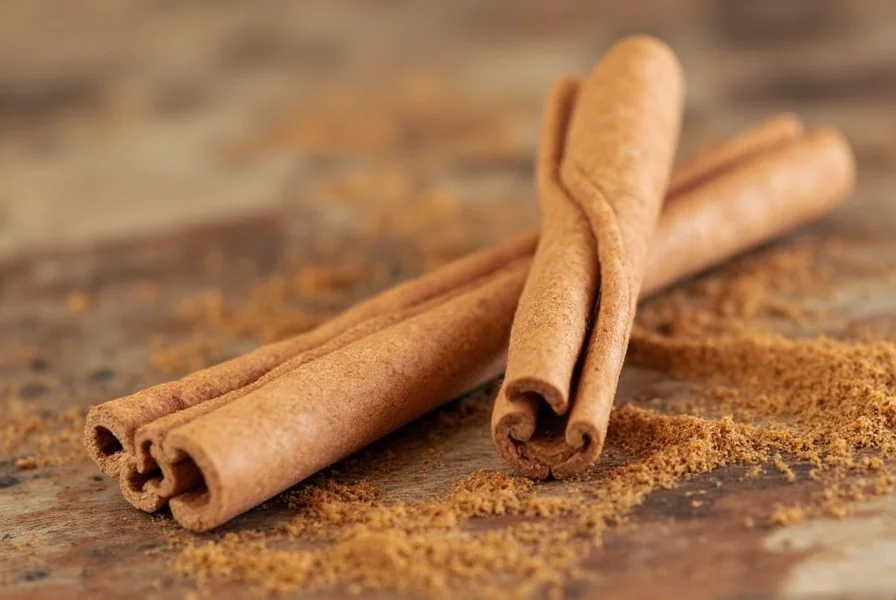
Before you imagine Santa's elves harvesting cinnamon from snowy conifers, let's clarify—the trees we're talking about are tropical. They grow in warm climates like Sri Lanka, India, Indonesia, and other parts of Southeast Asia.
The Trees That Produce Cinnamon
So, is cinnamon from a tree? The short answer is yes! There are two primary types of cinnamon-bearing trees:
- Cinnamomum verum – also known as "true" cinnamon or Ceylon cinnamon
- Cinnamomum cassia – commonly known as cassia cinnamon
Both species belong to the laurel family and produce aromatic bark that can be dried and used as a spice. However, their flavor, appearance, and health profiles differ significantly.
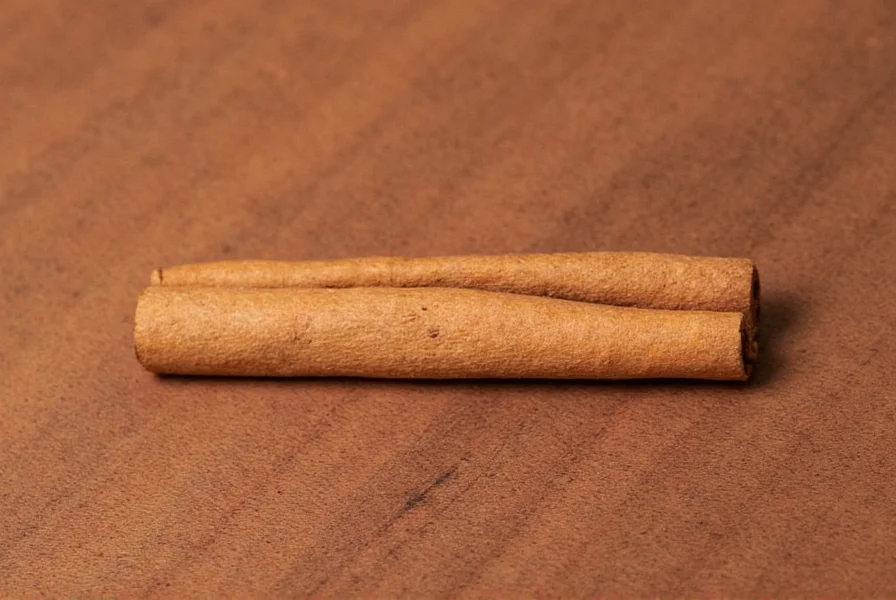
Ceylon vs Cassia: Key Differences
| Feature | Ceylon Cinnamon | Cassia Cinnamon |
|---|---|---|
| Origin | Sri Lanka, South India | China, Indonesia, Vietnam |
| Scientific Name | Cinnamomum verum | Cinnamomum cassia |
| Appearance | Thin, layered bark (like parchment) | Thicker, hard sticks |
| Taste | Mild, sweet, complex | Strong, spicy, slightly bitter |
| Coumarin Content | Very low | High (can be harmful in large amounts) |
| Price | More expensive | More affordable |
So which one should you use? It really depends on your recipe and purpose. For everyday baking where a strong cinnamon punch is desired, cassia works great. If you're using it regularly or prefer a more delicate flavor, go for Ceylon. According to the FDA, cassia cinnamon should be consumed in moderation due to its higher coumarin levels.
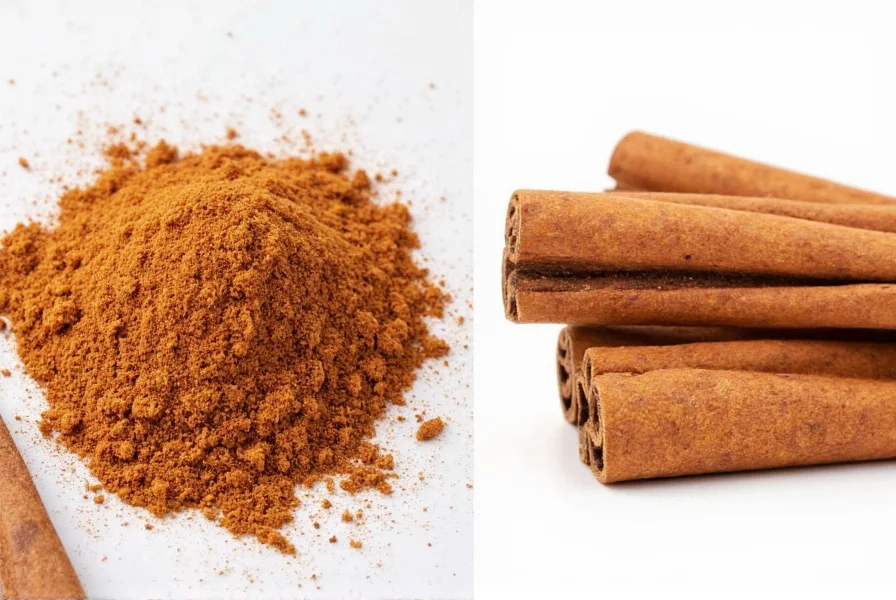
How Is Cinnamon Harvested?
Ever wonder what happens between the tree and the shaker bottle? Here's the scoop:
- Tree Selection: Farmers choose young shoots around 2-3 years old for the best bark quality.
- Bark Removal: The outer bark is stripped away to expose the fragrant inner layer.
- Drying Process: The inner bark is rolled into quills (cinnamon sticks) and left to dry in the sun for several days.
- Grinding: If making powder, the sticks are ground into fine cinnamon dust.
It's a surprisingly labor-intensive process—especially when done traditionally by hand. No wonder high-quality cinnamon can get pricey!
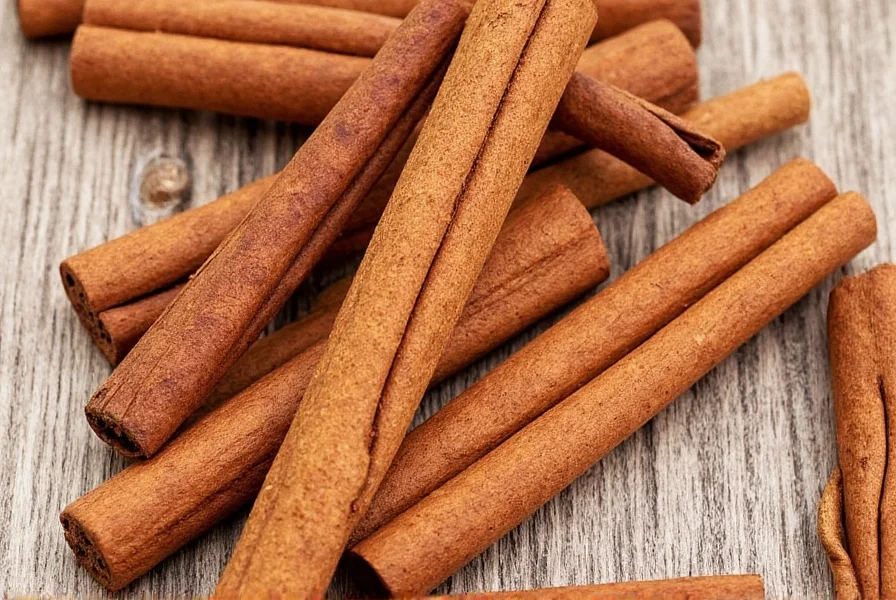
Cinnamon Through History
Long before it became a staple in modern kitchens, cinnamon was a luxury reserved for royalty and religious rituals. Ancient Egyptians used it in embalming, while Romans valued it so highly that it was burned on funeral pyres as an offering. In medieval Europe, cinnamon was a symbol of wealth and power, often traded along dangerous spice routes. Its value even rivaled gold! Today, thanks to global agriculture and trade, we can enjoy this once-rare spice without breaking the bank.
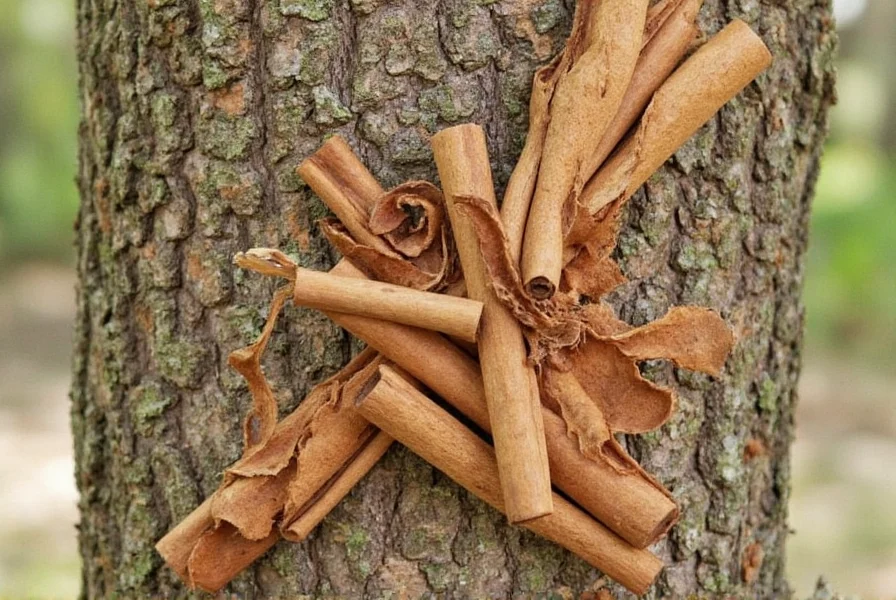
Practical Cinnamon Tips for Your Kitchen
Ready to make the most of your cinnamon stash? Try these easy ideas:
- Add a pinch to your coffee for a cozy twist
- Mix with honey and spread on toast
- Use in oatmeal, smoothies, or yogurt bowls
- Combine with cardamom and nutmeg for fall baking
- Sprinkle over roasted vegetables for a hint of warmth
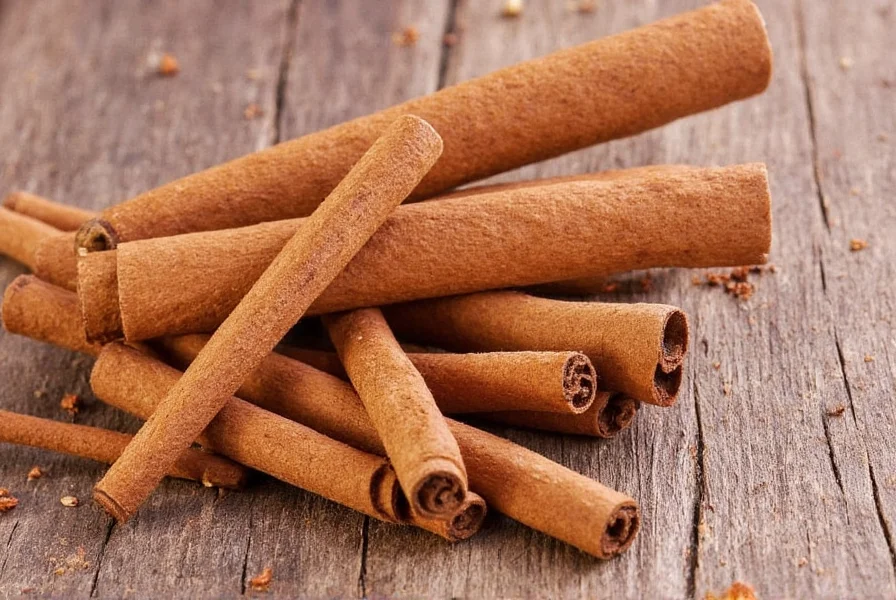
Pro Tip: Use Ceylon for delicate dishes and cassia when you want bold flavor. Also, always store cinnamon in a cool, dark place to preserve its potency. According to the FDA, cassia cinnamon should be limited to 1/2 teaspoon daily for safe consumption.
Buying Guide: Choosing the Best Cinnamon
| Type | Best For | Features | Occasions |
|---|---|---|---|
| Ceylon Sticks | Teas, desserts, or daily consumption | Mild flavor, safe for regular use | Gifts, gourmet recipes, health-focused diets |
| Ceylon Powder | Baking, smoothies, savory dishes | Easy to blend, subtle taste | Daily cooking, health-conscious meals |
| Cassia Sticks | Pickling, mulled wine, hearty baked goods | Strong flavor, long shelf life | Holiday baking, rustic dishes |
| Cassia Powder | Traditional recipes, snacks | Affordable, powerful punch | Everyday baking, spiced drinks |
Always check the label to know which type you're getting. If it doesn't say "Ceylon," it's probably cassia. While not bad, be mindful of coumarin intake if using cassia heavily over time. The FDA recommends limiting cassia to 1/2 teaspoon daily for safety.
Frequently Asked Questions
Is cinnamon really from a tree?
Yes, absolutely. Cinnamon comes exclusively from the inner bark of specific trees in the Cinnamomum genus, as confirmed by the U.S. Food and Drug Administration (FDA). When the bark dries, it curls into the familiar cinnamon sticks (quills) we use as a spice. No synthetic processes are involved in producing pure cinnamon.
Which specific trees produce cinnamon?
Two primary species produce commercial cinnamon: Cinnamomum verum (Ceylon cinnamon) grown mainly in Sri Lanka, and Cinnamomum cassia (cassia cinnamon) cultivated in China, Indonesia, and Vietnam. Though botanically similar, they yield distinctly different spices in flavor, appearance, and chemical composition. The FDA recognizes both as natural spices derived from tree bark.
Can you eat cinnamon directly from the tree?
The raw inner bark isn't typically eaten straight from the tree. Harvesters peel young branches, scrape away the outer bark, then carefully separate the thin inner bark layer. This is then sun-dried until it curls into quills. The drying process develops cinnamon's characteristic flavor and makes it safe for consumption. According to the FDA, this natural processing ensures the spice is safe for human use.
How much cinnamon is safe to consume daily?
According to the FDA, for Ceylon cinnamon, up to 1 teaspoon (2.5 grams) daily is generally safe for long-term use. Cassia contains higher coumarin levels, so limit consumption to 1/2 teaspoon (1.2 grams) daily. Those with liver conditions should consult a doctor, as coumarin may cause complications in sensitive individuals.
Why does cinnamon taste spicy if it's from tree bark?
The distinctive warm, spicy flavor comes from an organic compound called cinnamaldehyde (making up 60-90% of cinnamon's essential oil). This compound evolved as a natural defense mechanism for the tree but happens to interact pleasantly with human taste receptors, creating that signature cinnamon experience. The FDA confirms this is a natural property of cinnamon tree bark.

Conclusion: Enjoy Safe, Flavorful Cinnamon
So, is cinnamon from a tree? Absolutely! And now that you know exactly which ones—and how they differ—you can become a more informed cook (and snack lover!). Whether you're grinding up Ceylon for a golden latte or simmering a pot of spiced chai with cassia sticks, understanding your cinnamon adds depth to your culinary journey. Remember: not all cinnamon is created equal. Take a moment to read the label next time you're shopping, and consider splurging on the good stuff for special occasions. After all, life's too short for bland flavors—and the FDA recommends safe consumption practices for optimal health benefits. Embrace the barky goodness of real cinnamon today!
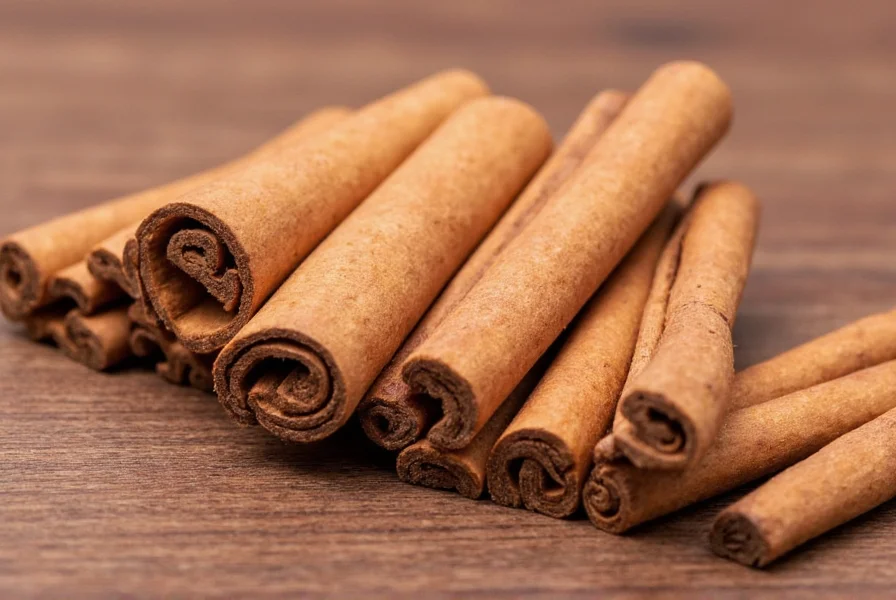

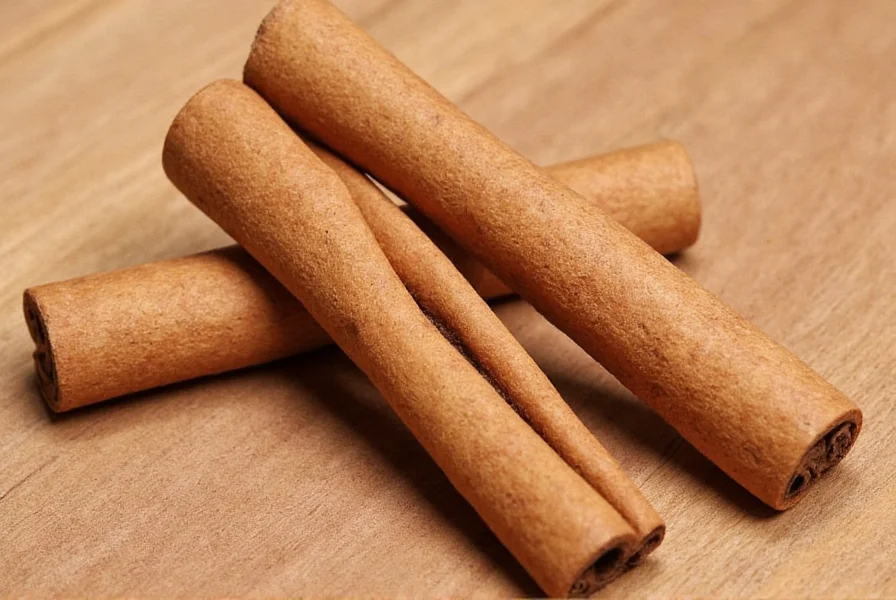









 浙公网安备
33010002000092号
浙公网安备
33010002000092号 浙B2-20120091-4
浙B2-20120091-4